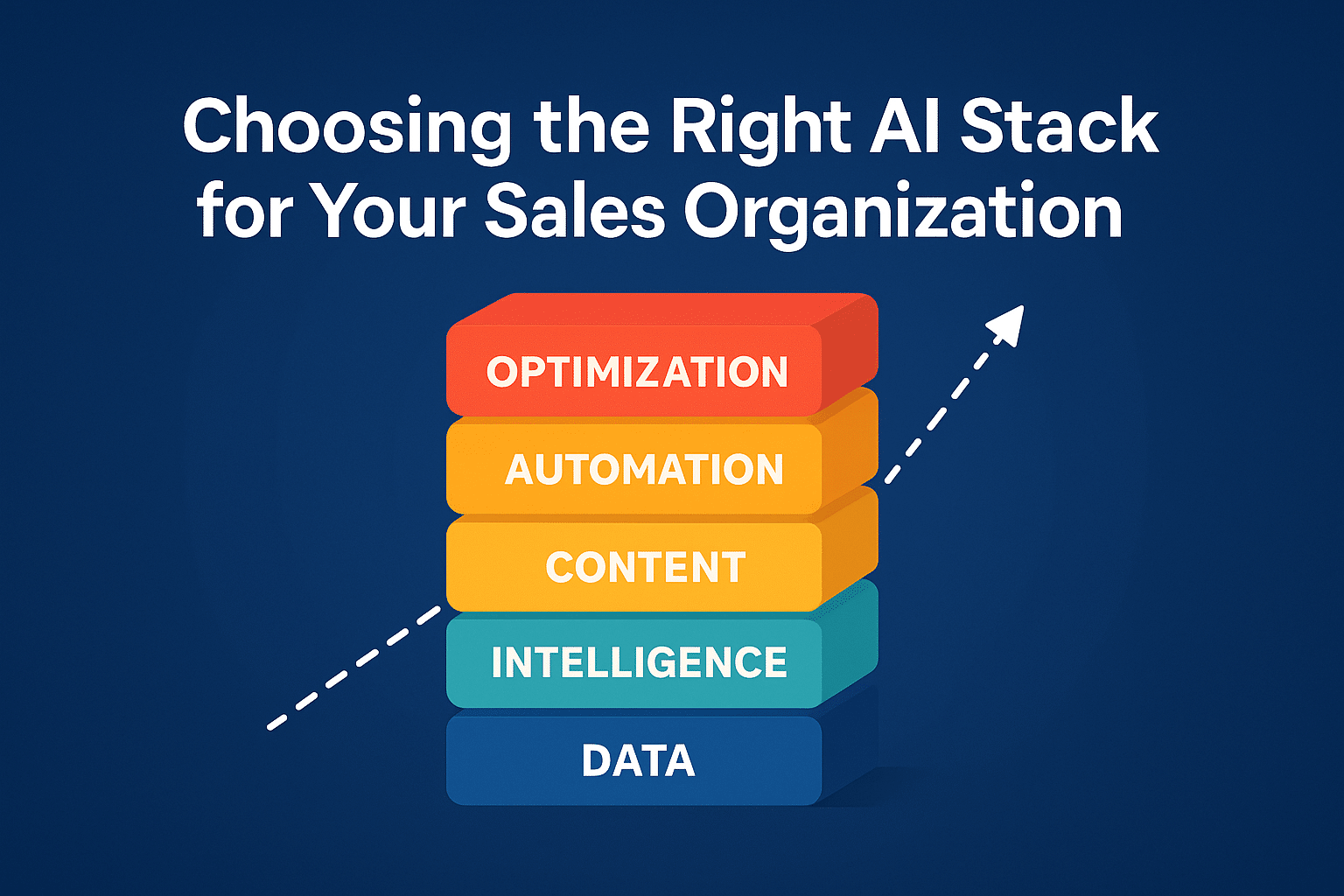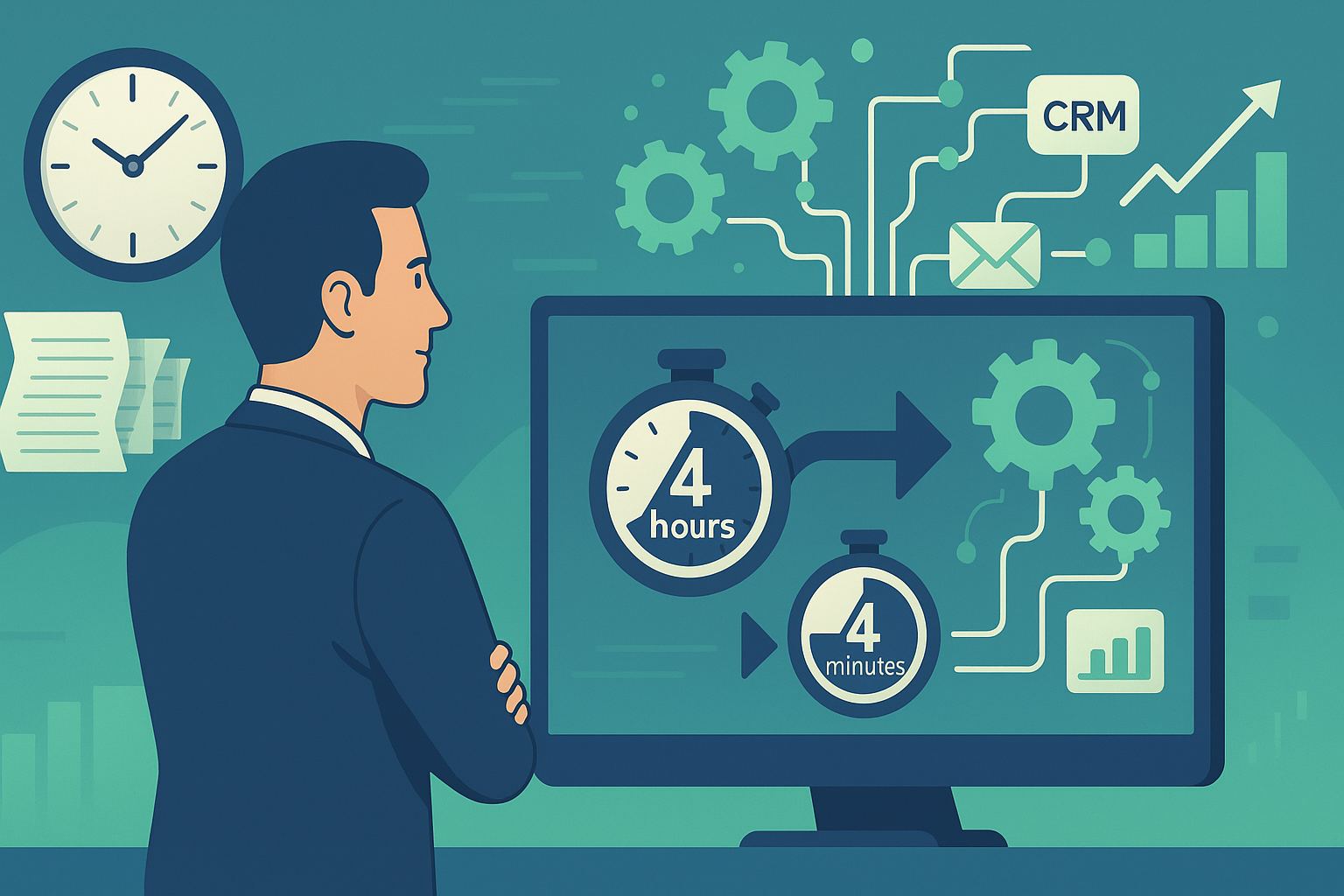Reclaiming Hours of Selling Time with AI – Lessons from MAICON 2025
You just checked your team’s dashboard. Activity looks fine. But deep down, you know that the numbers don’t tell the whole story.
Every salesperson loses time to the same unseen burden: administrative drag. After each successful discovery call, there’s a 20-minute grind with CRM updates, email summaries, and internal handoffs. This “sales tax” cuts into selling time, hurts momentum, and costs your company thousands weekly in lost productivity.
I just returned from MAICON 2025, and I was so inspired that I wanted to share some of the biggest lessons. At the MAICON 2025 conference in Cleveland, the message was clear: artificial intelligence is changing sales management, not by replacing people, but by empowering them. The winning teams are using AI to eliminate “digital grunt work” through orchestration, not standardization.
Orchestration, Not Standardization
MAICON’s main message was that sales leaders should stop searching for the “one magical platform.” Instead, the most successful organizations coordinate several top-tier tools. Their AI ecosystems are modular, flexible, and collaborative.
It starts with three pieces:
- a transcription tool like Fireflies,
- an automation hub like Make.com or Zapier,
- your existing CRM and communication systems.








